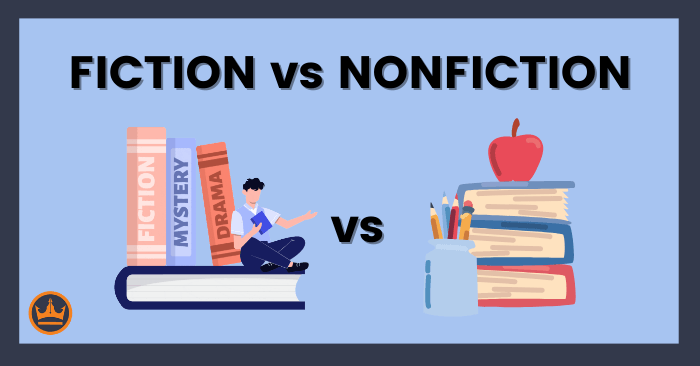What If It Was True? Role of Fiction in K+C
“People wonder why the novel is the most popular form of literature; people wonder why it is read more than books of science or books of metaphysics. The reason is very simple; it is merely that the novel is more true than they are.”-G.K. Chesteron
This quote piqued my curiosity. According to Chesterton, a famous writer and philosopher, the novel, or works of fiction in general, provide more overall value to the reader than fact-filled non-fiction reads, as they allow readers to see into a world in which they do not already reside. This made me ask myself: what if Kavalier and Clay was non-fiction? What if Joe Kavalier and Sammy Clay were real people, with real families and real stories? Say the facts were the same, the real-life story identically matched the one told in the story, would it still have the same impact on the reader? The short answer is no.
Additionally, the fact that Kavalier and Clay is fiction brings the story to the present, rather than being stuck in the past. If K+C was nonfiction, it would be a mere, albeit fascinating, description of past events that occurred in a time period that most readers never lived through. For most readers, their mental images of WWII and the Holocaust were formed in a history classroom, which would would lead readers to set the events of the Kavalier and Clay in the same mental space as the stories of Anne Frank or Elie Weisel's "Night" - compelling and powerful stories, yet over and done with in the past. This limit's the readers ability to connect with the story, as they are looking at the story primarily through a historical lens. Readers will read the book solemnly as a recollection of true tragic events, rather than embracing the humor and joy within its pages. As fiction, Kavalier and Clay allows readers to see the novel through whatever lens they please, growing with the characters as the navigate their difficult situations. Instead of Joe and Sammy being set-in-stone historical figures, they are icons, empty faces waiting to be filled by the reader's imagination, allowing for much more freedom in interpretation. Joe is not just another Jewish refugee during the Holocaust, he is a comic book writer, a father, a lover, a nationalist, a rebel, a real man with real desires that many can connect to. And in fiction, Joe can be all of these things, and so much more.

I really like the ideas you have put forth in this blog post Ben. I thought it was unique how you took the quote and used it to ask a question about how Kavalier and Clay could be different. While I certainly agree that the novel would not have same charm if it were non-fiction, I don't think the story itself is as serious as the other World War Two novels with which you compared it. Both Anne Frank's diary and "Night" are very serious novels that are entrenched in the history and horrors of WWII. Kavalier and Clay, on the other hand, is -- in my opinion -- a story about two men figuring out who they want to be. If the book was non-fiction, I could see it as a memoir of sorts written by Sammy. And if that were the case, I think it would be a lot more animated, and a lot more lighthearted, than other historical books. Sammy and Joe would be more than just figures from history class. Nevertheless, to your points, a memoir wouldn't have the same flair as Chabon's fictional tale. Because the story isn't rooted in reality, it allows for the imagination of the reader to take hold and make the characters and their lives more compelling.
ReplyDelete